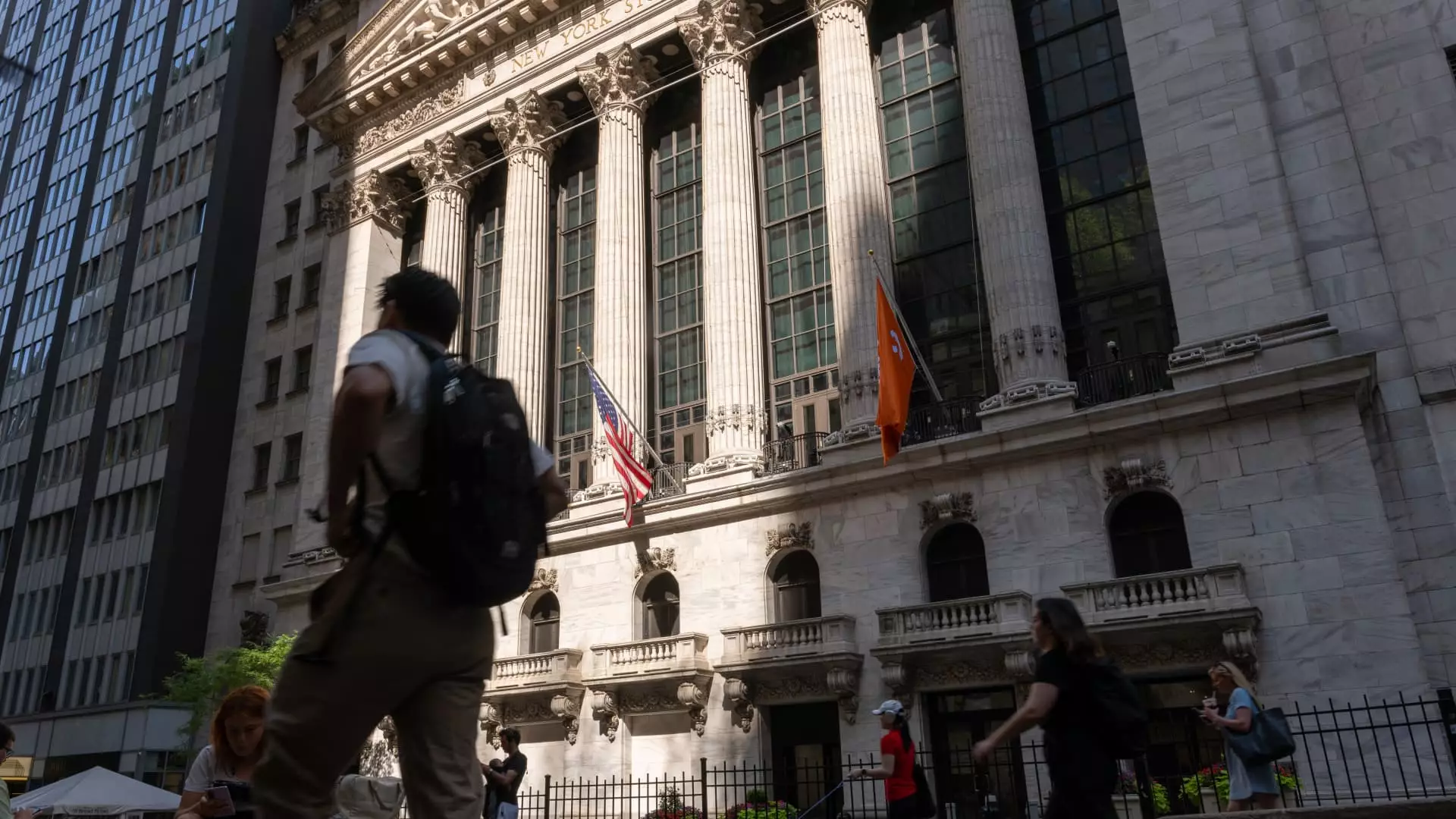The arena of mergers and acquisitions (M&A) is often likened to a high-stakes chess game where every move can have enormous financial repercussions. However, the volatility introduced by the Trump administration’s tariff policies in recent months has significantly disrupted this dynamic. Initially, 2023 was shaping up to be a promising year for dealmakers, with a gradual yet noticeable recovery from the sluggishness of the previous year. Nevertheless, this optimism was rudely interrupted by the advent of unpredictable tariffs that rattled market confidence and put a sharp brake on the flurry of activity.
Before the barrage of tariff announcements, the M&A sector was buoyed by the Trump administration’s favorable economic incentives, primarily its pro-business ethos and deregulation efforts. This sentiment fostered a sense of excitement as analysts and investors anticipated a potential renaissance in deal-making, especially leading into 2025. The introduction of tariffs abruptly tarnished that optimistic outlook, momentarily casting a pall over the entire landscape.
Yet, the resilience of the M&A sector cannot be understated. Indeed, a reprieve came swiftly after significant shifts in tariff policies when the ominous clouds of uncertainty began to clear. As market conditions stabilized, and appetite for strategic acquisitions regained momentum, a sense of renewed vigor took hold of the sector.
Stability Breathes Life into Deal-Making
As market jitters began to ease, analysts witnessed an encouraging turnaround. The data tells a compelling story: total deal values surged to over $227 billion in March, encompassing a broad range of sectors. This vigor, however, faced a momentary setback in April with a steep decline in transaction values, echoing the concerns over the previous month’s volatility. But rather than signaling a downward spiral, the downturn appeared merely as a temporary lull, as evidenced by a robust resurgence of activity in May.
Experts like Kevin Ketcham from Mergermarket highlight how greater clarity on trade policies and rebounding equities are setting the stage for a resurgence in M&A activity. Dealmaking is no longer merely about big players navigating tumultuous waters; it has evolved into a more dynamic environment where even sectors battered by tariffs are beginning to find pathways for growth.
Moreover, the current climate appears to be heralding a promising comeback for M&A—especially within niche segments. Encouraging signs from key industry players indicate an eagerness to engage in transactions that capitalize on the fluid nature of market demand and supply.
The Evolution of Deal Strategies
As higher bond yields compound fiscal challenges, prospective buyers are adapting their strategies. Noteworthy is the shift towards special situations in M&A—a type of deal characterized by motivated sellers with flexibility in terms requiring an innovative approach to financing. This strategy resonates particularly well in an economy where regulatory barriers can stifle traditional routes to acquisition, forcing stakeholders to think creatively.
Charles Corpening of West Lane Partners points out that while the anticipated M&A boom faced temporary setbacks, the strategic pivot towards smaller and more manageable transactions provides a viable roadmap for growth. Any analyst worth their salt understands that leveraging flexibility will be crucial in exuberantly navigating the otherwise conservative landscape of mergers and acquisitions.
Indeed, the trajectory of M&A continues to reflect a shift towards focused plays in well-performing businesses. Companies are increasingly reluctant to dive into risky undertakings, opting instead for smaller, more opportunistic deals that bear less regulatory scrutiny—an indication of the sector’s maturation in understanding grassroots dynamics.
Trends to Watch for in an Uncertain Future
The recent spotlight on high-profile deals in technology and consumer goods underscores a broader trend emerging from the cacophony of M&A. Companies like Walgreens, Google, and AT&T have announced substantial transactions, signaling a hunger for transformative growth through acquisition. This merger wave also implies an evolving market landscape—one in which adaptability to new economic realities becomes essential.
The persistent innovation and bold strategies in M&A emphasize that organizations are not merely surviving; they are thriving amidst the chaos. Kraft Heinz’s proactive evaluation of potential transactions is one such example, revealing corporate agility that becomes critical in this era of rapid change. Whether through acquisitions or divestitures, the commitment to alignment with market demands is increasingly becoming the norm, as companies like PepsiCo also stake their claims in smaller acquisitions to bolster their portfolios.
The volatility of the past few months serves as a reminder that the world of M&A is never static; instead, it thrives on its own kind of chaos. Those seeking to participate must remain vigilant and adaptable to maintain their footing. As 2023 unfolds, the interplay of tariffs, interest rates, and geopolitical maneuvering will continue to shape the ambitious endeavors of dealmakers willing to stake their fortunes on the unpredictable ebb and flow of the financial tides.

